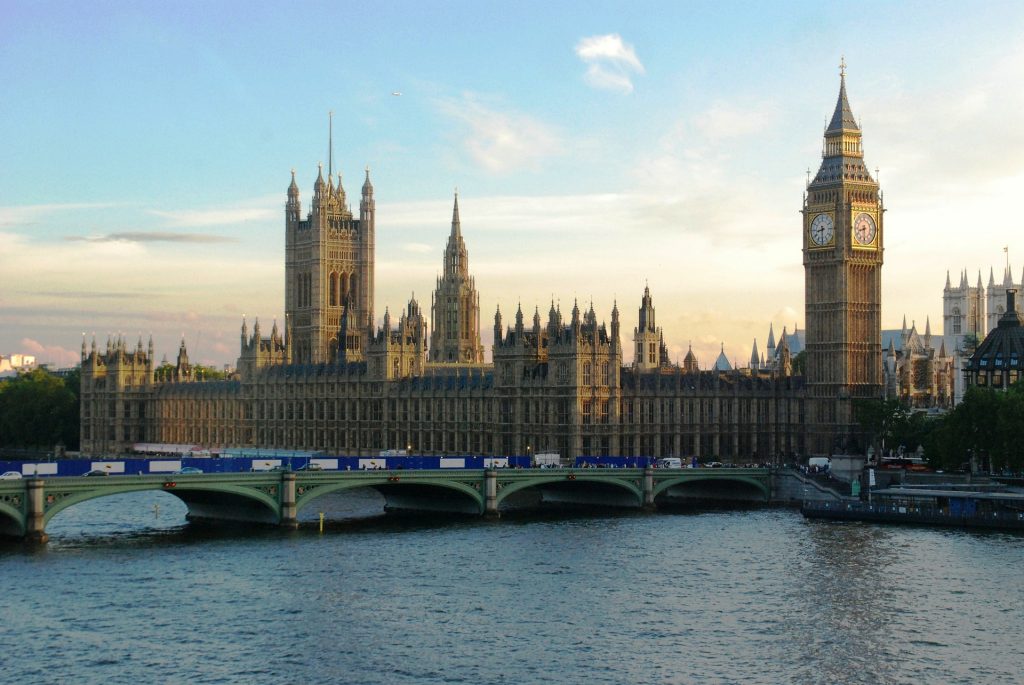
Interview with Sophie Shaw, a newly qualified solicitor at Bryan Cave Leighton Paisner
March 7, 2021
Clear the Lobby: What laws are MPs voting on this week (w/c 15th March)
March 15, 2021Article by Mayank Tripathi
Introduction
The bid for an independent Scotland failed after the 2014 referendum when the ‘No’ side gained 55% of the vote. However, the matter of Scottish independence has once again gained national attention in recent days. With Holyrood holding elections in May, the Scottish National Party (SNP) has outlined its intentions to hold a second independence referendum if it wins the majority. Scottish First Minister Nicola Sturgeon has been vocal about Scottish independence after Brexit – citing the fact that 62% of the Scottish population opted to remain in the EU and this as evidence of the increasingly divergent views held by Scotland. The flames for independence have further been fanned by COVID-19; a large majority of Scots perceive Nicola Sturgeon’s handling of the pandemic to have been more decisive than Prime Minister Boris Johnson’s. With the SNP winning the election in most polls, how would a referendum take place?
The 2014 referendum was sanctioned by the British Parliament under s.30 of the Scotland Act 1998, allowing Holyrood to legislate on it. However, Boris Johnson has firmly denied the possibility of this happening again, calling the previous referendum “once in a generation”. Accordingly, the Scottish Parliament may decide to pass a bill on a second referendum without s.30 permission, but this is likely to trigger a legal challenge being brought by Westminster. The constitutional nature of the matter is likely to reach the Supreme Court.
An independent Scotland also raises the question of what would be the commercial impacts of a positive result being returned in a second referendum?
Commercial impacts of the referendum?
With more than 60% of Scottish exports going to England, Wales and Northern Ireland, the UK would be Scotland’s largest trade partner on independence. Whisky and fish-rich waters would power Scotland’s food and drink sector along with its large reserves of oil and gas. More importantly, an independent Scotland is likely to make a bid to re-enter the European Union. This would allow it access to tariff-free trade with 27 countries. It would also look forward to the agricultural and fishing subsidies it would receive under the bloc’s Common Agricultural Policy. Supporters of independence also raise the argument that corporate taxes could be lowered to attract businesses and foreign investment. This would lead to a stronger tertiary sector and offset the pressure on Scotland’s primary sector in the long run.
On the other hand, a recent report published by LSE predicts that independence would hit the Scottish economy up to twice or thrice as hard as Brexit – leading to an income loss of up to £2,000 and £2,800 per person every year. The same report also concluded that re-joining the EU would do little to mitigate these repercussions. There is also the issue of currency – would Scotland continue using the Pound, adopt the Euro or have its own currency? Circulating the Pound or Euro would mean that it would not be able to control its monetary policy. This may be considered an important factor in controlling the recession predicted by the LSE report. However, even if it did have its own currency, this would lead to incurring more expenses in relation to currency issuance. It is also arguable that fossil fuel reserves may not be viable sources of income in the long run. The volatility of oil prices was highlighted by the Saudi-Russo oil price war last year and the drop in demand due to the pandemic. To compensate for this, Scotland might consider positioning itself as a leader in the renewables sector – particularly off-shore wind generation. In 2019 Scotland accounted for more than one-quarter of the UK’s renewable energy generation, as well as 95.3% of the UK’s crude oil and natural gas liquids production. Overall, the rest of the UK would be faced with a shortage in energy supply and the Union would lose 8% of its GDP.





